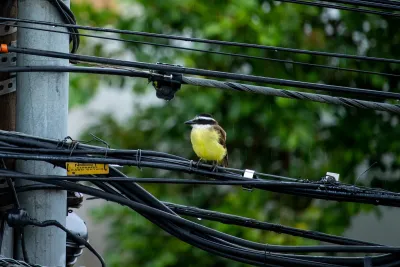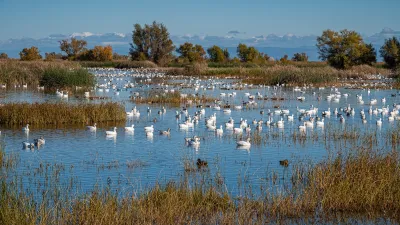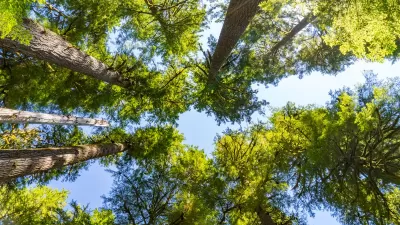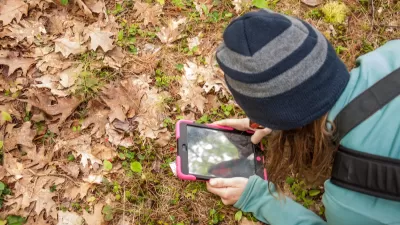The City Nature Challenge is a global community science event where participants use the iNaturalist app to document urban biodiversity, contributing valuable data to support conservation and scientific research.

The City Nature Challenge is a global community science event that encourages people to observe and document biodiversity in their cities. Participants use the iNaturalist app to take photos of plants, animals, and fungi, contributing valuable data to help scientists better understand urban ecosystems. The event fosters a deeper connection with nature while promoting conservation efforts.
Held annually over four days, the challenge brings together cities worldwide in a friendly competition to record the most observations, identify species, and engage the most participants. It begins with an observation period, followed by time for identifying species and compiling results. The event is open to everyone, from seasoned naturalists to casual nature lovers.
Started in 2016 by the California Academy of Sciences and Natural History Museum of Los Angeles County, the City Nature Challenge has grown into an international effort spanning hundreds of cities. It highlights the importance of urban biodiversity, encourages environmental stewardship, and inspires communities to explore and appreciate the nature around them.
FULL STORY: City Nature Challenge

Study: Maui’s Plan to Convert Vacation Rentals to Long-Term Housing Could Cause Nearly $1 Billion Economic Loss
The plan would reduce visitor accommodation by 25,% resulting in 1,900 jobs lost.

North Texas Transit Leaders Tout Benefits of TOD for Growing Region
At a summit focused on transit-oriented development, policymakers discussed how North Texas’ expanded light rail system can serve as a tool for economic growth.

Why Should We Subsidize Public Transportation?
Many public transit agencies face financial stress due to rising costs, declining fare revenue, and declining subsidies. Transit advocates must provide a strong business case for increasing public transit funding.

How to Make US Trains Faster
Changes to boarding platforms and a switch to electric trains could improve U.S. passenger rail service without the added cost of high-speed rail.

Columbia’s Revitalized ‘Loop’ Is a Hub for Local Entrepreneurs
A focus on small businesses is helping a commercial corridor in Columbia, Missouri thrive.

Invasive Insect Threatens Minnesota’s Ash Forests
The Emerald Ash Borer is a rapidly spreading invasive pest threatening Minnesota’s ash trees, and homeowners are encouraged to plant diverse replacement species, avoid moving ash firewood, and monitor for signs of infestation.
Urban Design for Planners 1: Software Tools
This six-course series explores essential urban design concepts using open source software and equips planners with the tools they need to participate fully in the urban design process.
Planning for Universal Design
Learn the tools for implementing Universal Design in planning regulations.
Ascent Environmental
Borough of Carlisle
Institute for Housing and Urban Development Studies (IHS)
City of Grandview
Harvard GSD Executive Education
Toledo-Lucas County Plan Commissions
Salt Lake City
NYU Wagner Graduate School of Public Service





























